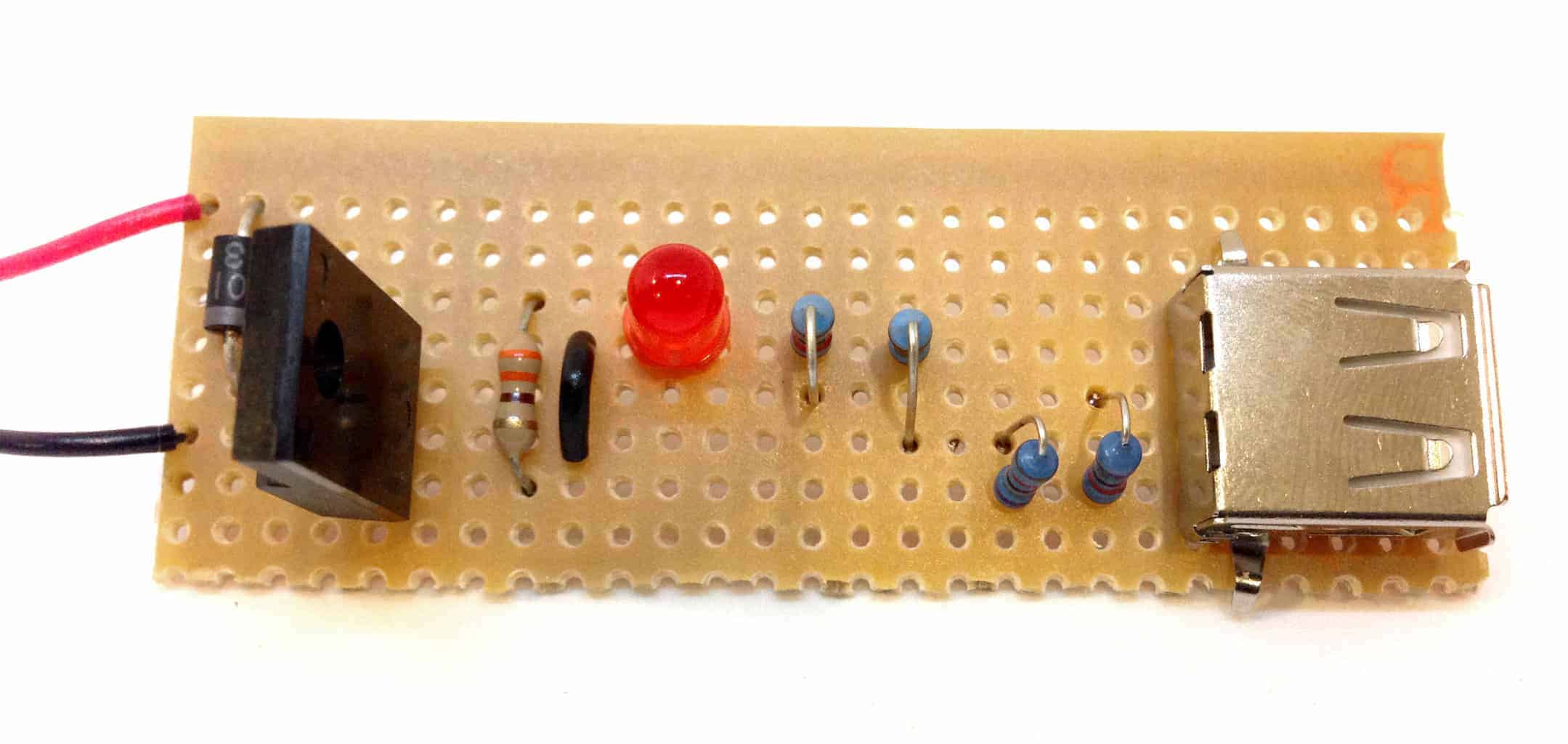Tutorial Electronics Pdf

Download Winx Club Ds Game Mission Enchantix. Basic Electronics The goal of this chapter is to provide some basic information about electronic circuits. We make the assumption that you have no prior knowledge of electronics, electricity, or circuits, and start from the basics. This is an unconventional approach, so it may be interesting, or at least amusing, even if you do have some experience. So, the first question is ``What is an electronic circuit?' ' A circuit is a structure that directs and controls electric currents, presumably to perform some useful function.
For More Information If you have any questions or comments regarding this course manual, please see the following web site: http://sensor.phys.dal.ca/Digital. Creative Inquiry Electronics Project. A tutorial is provided on course webpage for. Save on your computer as.pdf: 1-100 Transistor circuits.pdf Go to: 101 - 200. Talking Electronics supplies a kit of parts that can be used to build the.

The very name 'circuit' implies that the structure is closed, something like a loop. That is all very well, but this answer immediately raises a new question: 'What is an electric current?' Again, the name current' indicates that it refers to some type of flow, and in this case we mean a flow of electric charge, which is usually just called charge because electric charge is really the only kind there is. Finally we come to the basic question: No one knows what charge really is anymore than anyone knows what gravity is.
Both are models, constructions, fabrications if you like, to describe and represent something that can be measured in the real world, specifically a force. Gravity is the name for a force between masses that we can feel and measure. Early workers observed that bodies in 'certain electrical condition' also exerted forces on one another that they could measure, and they invented charge to explain their observations. Kako Instalirati Patch Za Pes 2008. Amazingly, only three simple postulates or assumptions, plus some experimental observations, are necessary to explain all electrical phenomena. Everything: currents, electronics, radio waves, and light. Not many things are so simple, so it is worth stating the three postulates clearly. We just invent the name to represent the source of the physical force that can be observed.
The assumption is that the more charge something has, the more force will be exerted. Charge is measured in units of Coulombs, abbreviated C. The unit was named to honor Charles Augustin Coulomb (1736-1806) the French aristocrat and engineer who first measured the force between charged objects using a sensitive torsion balance he invented. Coulomb lived in a time of political unrest and new ideas, the age of Voltaire and Rousseau.
Fortunately, Coulomb completed most of his work before the revolution and prudently left Paris with the storming of the Bastille. We call the two styles positive charge, +, and (you guessed it) negative charge, -. Charge also comes in lumps of 1.6 ×10 -19C, which is about two ten-million-trillionths of a Coulomb. The discrete nature of charge is not important for this discussion, but it does serve to indicate that a Coulomb is a LOT of charge. You cannot create it and you cannot annihilate it.
You can, however, neutralize it. Early workers observed experimentally that if they took equal amounts of positive and negative charge and combined them on some object, then that object neither exerted nor responded to electrical forces; effectively it had zero net charge. This experiment suggests that it might be possible to take uncharged, or neutral, material and to separate somehow the latent positive and negative charges. If you have ever rubbed a balloon on wool to make it stick to the wall, you have separated charges using mechanical action. Those are the three postulates. Now we will present some of the experimental findings that both led to them and amplify their significance.
First we return to the basic assumption that forces are the result of charges. Specifically, bodies with opposite charges attract, they exert a force on each other pulling them together. The magnitude of the force is proportional to the product of the charge on each mass. This is just like gravity, where we use the term 'mass' to represent the quality of bodies that results in the attractive force that pulls them together (see Fig. ).
Figure 4.1: Opposite charges exert an attractive force on each other, just like two masses attract. External force is required to hold them apart, and work is required to move them farther apart.